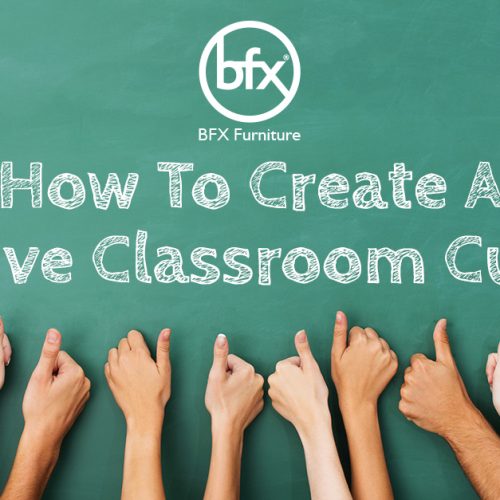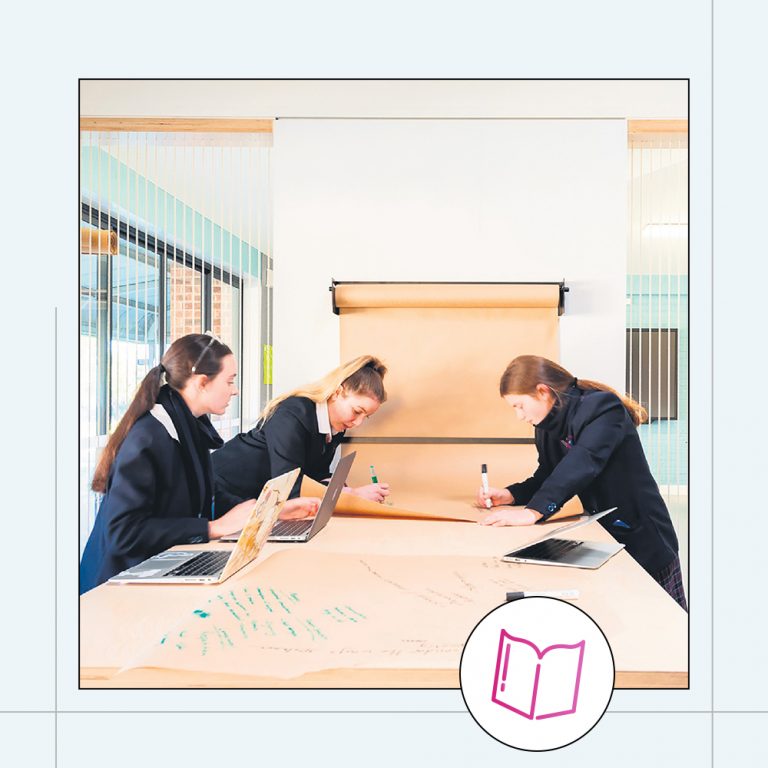A student’s learning is greatly impacted by the atmosphere in and the physical layout of their learning environment. When a student enters a classroom, they should feel safe, stimulated and comfortable.
Creating this combination takes some work, but dedicated instructors pull it off every day in schools and homes across the world. As a teacher, you and your students will benefit from an emphasis on these ideas.
Physical Design
The physical design of a classroom can enhance learning or discourage it. The traditional rows of student desks lead to teacher-led or lecture-based instruction. The onus is on the instructor to do most of the work in that instance, and research has shown that students do not learn best this way. In fact, they can only retain a few minutes of information when it is delivered via lecture.
As the book Planning Learning Spaces notes, a six-year-old has a six- minute attention/retention span. A senior in high school will retain 17 or 18 minutes at most. That’s why classrooms need to be designed to allow more student-focused activities.
Teachers who create learning centres tend to better engage students, which leads to enhanced learning. This concept works for both primary and high school students as it allows them to be more hands-on with the material. Most educators acknowledge that small children need room to move, but the same is true for older students.
They need space to work with classmates on projects, some that require bulky materials. The design of a science classroom, one that allows for experiments, can be useful for an English or history class as well.
In the primary grades, teachers need the space so that children can cut, paste, construct and read. Trying to keep a young child at a desk for hours a day is a losing proposition. They are simply too active. Also, children may not function as well when they are that contained.

Comfort Factor
Many traditional school desks are simply uncomfortable for students. Older desks are often hard and either too big or too small for learners. Children are not one-size-fits-all, but the desk sizes sometimes are. A teenager who is crammed into a tiny desk may find learning more difficult.
A kindergartener whose feet can’t reach the floor will have the same problem. Classroom furniture design needs to take these differences into account.
In the past, some people scoffed at the need for comfort in schools and thought that discomfort helped kids pay attention. Poorly designed school furniture at least kept kids awake, right?
But any adult who is stuck with a bad office chair can contradict that idea. When you are physically miserable, the quality of your work is poor.
Movement Benefits
A properly designed classroom also allows the teacher to move freely and check in on all their students during the class.
Research shows that teachers can keep better order when they have freedom of movement. Physical proximity is important to good classroom management for learners of all ages.
College students benefit from having this proximity as well. Those huge lecture halls jammed with students have always posed problems with learning. And an instructor doesn’t do their best work while yelling into the void. You also need the give and take that comes from movement in the classroom.
Research suggests that students who can move during class are better learners than those who sit still. People learn in a variety of ways, and some digest information through movement.
Their cognitive processes including memory may even improve. So at the bare minimum, every classroom should have enough space for everyone to move around. A small classroom stuffed with thirty students creates a poor learning atmosphere and is physically draining for everyone involved.
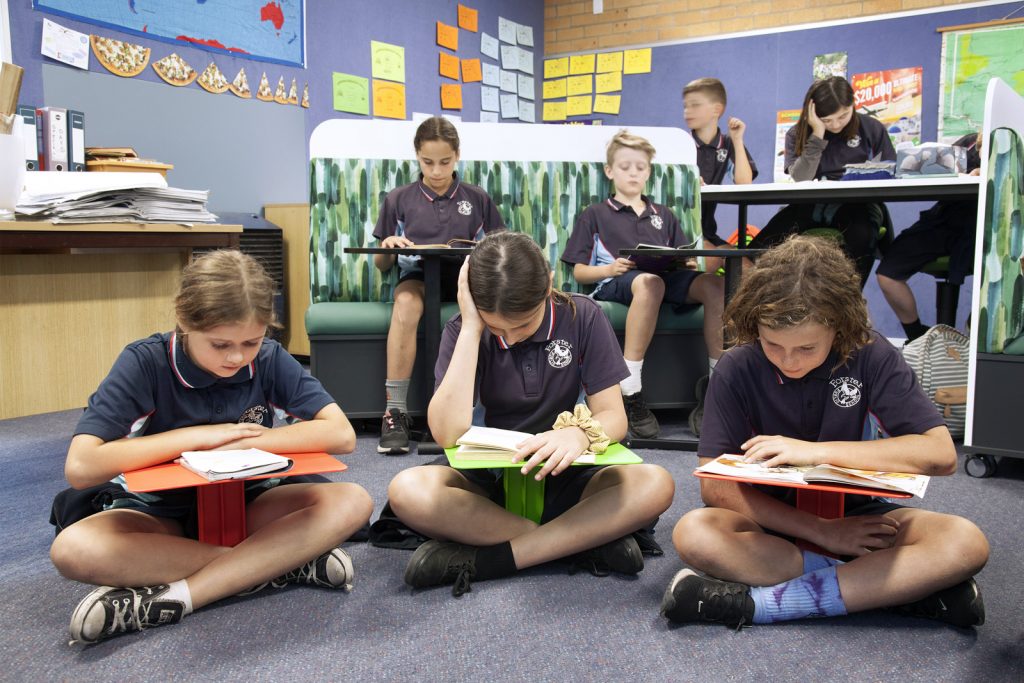
Classroom Culture
Having the right classroom design helps build a positive classroom culture. Students who are comfortable are able to learn better but are also able to focus on their relationships with their teachers and other students.
Teachers who have their students’ attention are going to be more successful in creating a strong learning atmosphere. Some possible culture-building activities are as follows:
Responsibilities Instead of Rules
Students of all ages tend to balk when given a list of rules. Most humans are a bit rebellious at heart and often fight against authority. Teachers can build a more positive classroom experience by shifting expectations from “the rules” to shared responsibilities.
Instead of “Students, clean up your mess,” they change to “Let’s keep our classroom neat and tidy.” The shared nature of the task can make students feel necessary and more powerful. As an instructor, you will feel less frustrated.
For the younger students, chore charts and bright stickers can be motivating. For older students, verbal acknowledgement of their role should be sufficient. Teenagers sometimes resent being treated as if they were children.
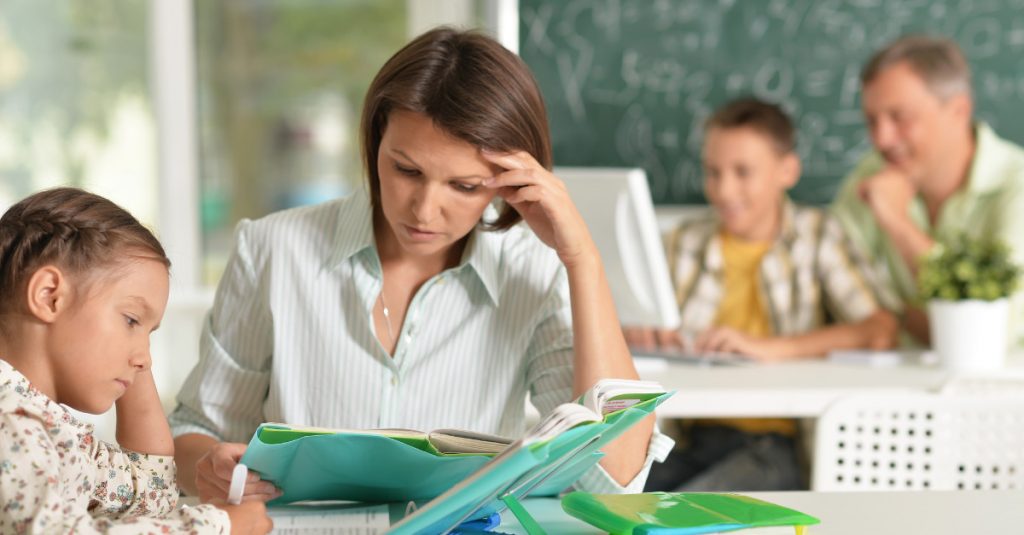
Student/Teacher Relationships
Building positive relationships with students has to begin when the term does, and it must go beyond simply learning their names and their favourite food. The teacher must work to make students feel valued and comfortable, but this process does not happen overnight. You can begin by using some “getting to know you” activities in the first days of the school year.
Activity Options
Name a hero – Ask students to name one of their heroes and explain why they admire that person. This activity works for all ages of students, although the answers will certainly vary.
Construct Individual Surveys- Use Survey Monkey to create individualised surveys that reveal a student’s personality.
Choose a class mascot – Let the students choose an animal or person as a mascot, one who best reflects the values of the class. Then acquire a toy or poster representing that mascot and post it on the classroom door.
Daily Student "Check-Ins"
Having brief meetings with your students before the first bell or the last one can be a great tool for strengthening relationships and building a positive classroom culture. These sessions can produce feedback that helps you make necessary changes.
Or they can be informal sessions that let students and teachers discuss serious topics or just share fun information. These check-ins may also function as a transitional period into and out of learning mode.
Foster a Collaborative Classroom
A positive classroom culture allows students to hone their social skills and share their thoughts without negative judgements.
The learning environment often determines whether students will be able to effectively work together. Allow your students to participate in regular group or pair activities. For instance, creating sock puppets to act out a book is an activity that tempts first-graders and older students.
Remember, flexible learning environments promote cooperation between students while encouraging a teamwork ethic.
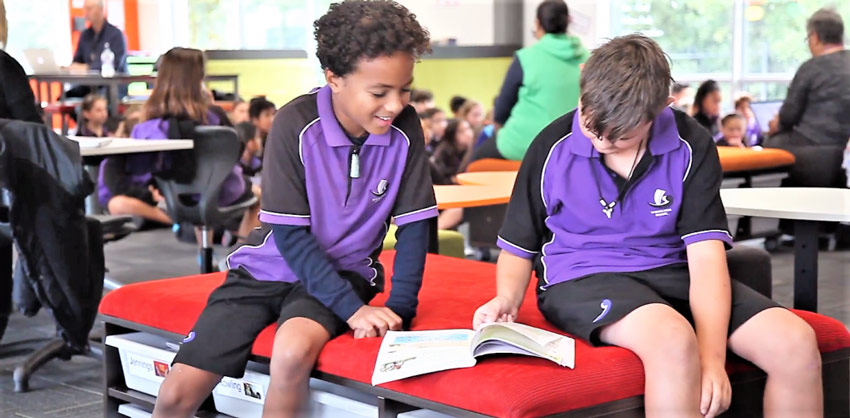
Encourage Growth
A growth-centered learning approach may see better outcomes than one that is grade-oriented. These classrooms make it safe for students to try and fail and try again since the emphasis is on improvement rather than immediate excellence.
Adults who never learn to fail have trouble succeeding in the “real world.” Students who are allowed to fail will experience more academic growth and be better adjusted than those who fear making a mistake.
Growth Activities:
- Create an Attitude Wall that turns negative thoughts into positive ones. On the wall negative thinking like “I don’t get it” turns into “What can I do differently?”
- Inspirational posters can be effective, particularly for younger students. Let high school students create their own positive and realistic posters for a more sophisticated spin.
- Suggest that students compose letters to themselves at the beginning of the term explaining what they want to learn and what they believe they need to overcome to do so. At the end of the year, let them read it so they can take pride in how they’ve grown.
- Let students revise essays and retake tests. If growth is the goal, then second chances should be encouraged.
A positive student environment comes from a combination of factors. Students have to feel safe and comfortable.
This feeling can be created by their physical space and by the atmosphere that educators create for them.
Of course, students have to do their part as well. You cannot force your students to participate positively, but you can create a classroom that encourages students to be their best in attitude and performance.


